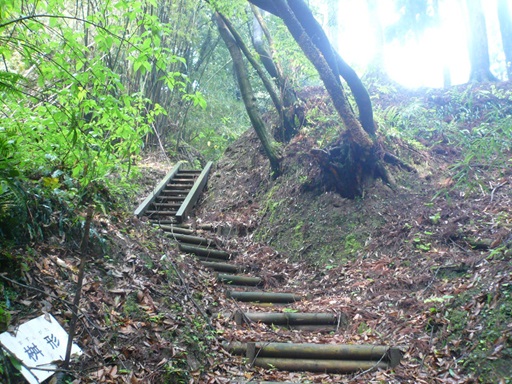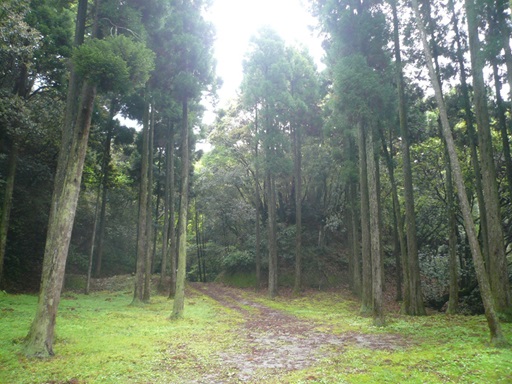|
Ruins of Chiran Castle

The ruins of Chiran Castle are located in the middle of Satsuma Peninsula, approximately 1.5 kilometers south of Chiran Historical District. This area is covered by the "Shirasu" plateau, which is a pyroclastic plateau by volcanic eruptions of Mt. "Sakurajima". The "Shirasu" plateau has twenty to thirty meters in height in this area. Chiran Castle was built at the end of the "Shirasu" plateau. The "Shirasu" plateau is easily eroded. Eroded portions became narrow ravines and divide "Shirasu" plateau, like passages on the bottom of the narrow ravines. The remaining "Shirasu" plateau from erosion were used as baileys of Chiran Castle. Please refer the page of "Chiran Historical District": http://handejapan19.html.xdomain.jp/TravelDestinations/Kyushu/Chiran_E.html Please refer the page of "Historical Sites in Kagoshima City" for the pictures of Mt. Sakurajima: http://handejapan19.html.xdomain.jp/TravelDestinations/Kyushu/Kagoshima_E.html There is no evidence when Chiran Castle was built. It is considered that the castle was built at the end of the Heian Age (794 - 1185) . In 1353, SATA Tadamitsu became the castle lord of Chiran Castle. SATA Tadamitsu was the third son of SHIMAZU Tadamune (1251 - 1325) , who was the fourth generation of the head of SHIMAZU Clan. The generations of SATA Clan were the castle lord of Chiran Castle. In 1591, SATA Hisayoshi (? - 1604) , the eleventh generation of SATA Clan, moved from Chiran Castle. Chiran Castle was abandoned.An expressway runs from north to south of Chiran Castle. A guide plate is displayed on the parking lot, which tells the information of Chiran Castle and it's history. 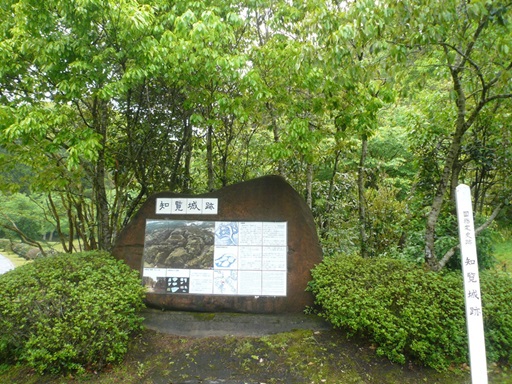
I hope the map of Chiran Castle displayed at the parking lot will help you to understand how the layout of Chiran Castle. 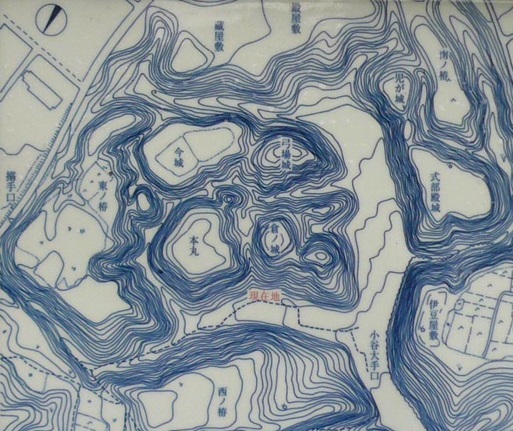
From the parking lot, you will see the entrance of Chiran Castle. 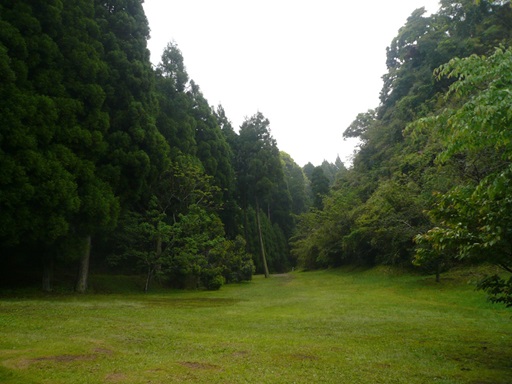
You will walk on the bottom of the main passage of Chiran Castle from the entrance. The passages were built artificially by enlarging the eroded ravines. This was a large-scale of dry moat. More than four hundreds of years have passed since Chiran Castle was abandoned, the dry moat now become dense forest. It seems that the ruins of Chiran Castle returned to the nature state. On the both side of the dry moat, steep cliffs continue along the dry moat. |

